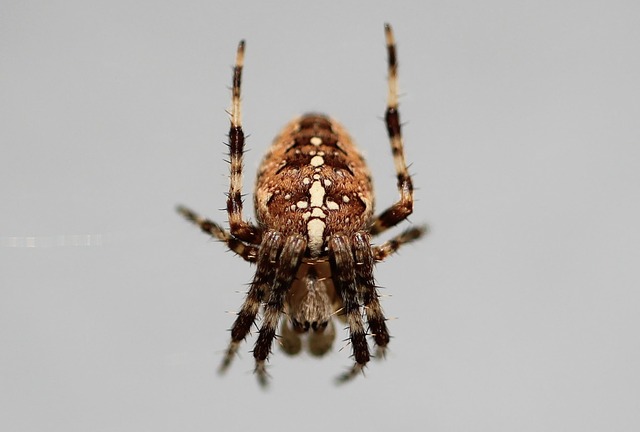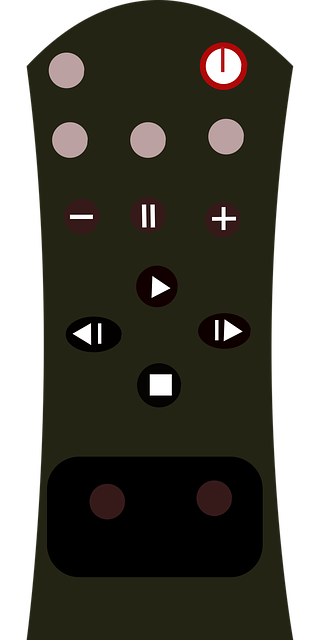Wildlife exclusion services in Westminster offer humane solutions for coexisting with local fauna, preventing animal intrusion into homes through specialized identification and sealing of entry points, thus maintaining a balanced ecosystem while ensuring residential security.
Westminster residents often encounter wildlife visitors in their homes, prompting the need for effective yet humane animal control methods. This article explores innovative wildlife exclusion services designed to protect both people and animals without causing harm. We delve into the science behind humane wildlife control techniques, offering practical strategies for managing unwanted critters in residential settings. By understanding these approaches, homeowners can benefit from peaceful coexistence with nature’s inhabitants while ensuring a safe environment.
- Understanding Humane Wildlife Exclusion Techniques
- Effective Strategies for Animal Control in Homes
- Benefits and Implementation of Wildlife Services
Understanding Humane Wildlife Exclusion Techniques

Humane wildlife exclusion techniques are a crucial aspect of wildlife control, focusing on safe and ethical methods to prevent unwanted animals from entering homes or structures. These techniques are particularly important in urban areas like Westminster where coexistence with wildlife is essential for maintaining a balanced ecosystem. Professional wildlife exclusion services in Westminster employ specialized knowledge to identify entry points and implement solutions that keep homes secure without causing harm to the animals.
By understanding these humane methods, residents can better appreciate the role of local wildlife and support efforts to protect them while ensuring their comfort and safety away from human habitats. This approach not only mitigates potential damage but also fosters a harmonious relationship between humans and wildlife in urban environments.
Effective Strategies for Animal Control in Homes

Effective animal control strategies within homes involve a combination of prevention and humane capture methods. One of the primary steps is to employ wildlife exclusion services, especially in areas like Westminster, to ensure that unwanted animals cannot enter residential spaces. This includes sealing entry points, such as gaps in walls or roofs, to prevent future infestations.
By implementing these proactive measures, homeowners can deter wildlife from seeking shelter indoors. Additionally, using humane capture techniques, like live traps, allows for the safe removal of animals without causing harm. These strategies not only protect homes but also preserve the well-being and natural habitats of wild creatures.
Benefits and Implementation of Wildlife Services

Wildlife control, when approached humanely, offers a multitude of benefits. Services focusing on prevention and non-lethal capture methods are particularly effective in maintaining ecological balance while ensuring the safety and well-being of both animals and humans. These wildlife services play a crucial role in protecting homes in Westminster from unwanted critters, employing strategies like exclusion techniques tailored to different species and habitats.
Implementation involves initial assessments, identifying entry points, and designing customized solutions. For instance, for homes in Westminster, wildlife exclusion services might include sealing gaps in foundations, installing one-way doors, or constructing safe, enclosed spaces. This approach not only discourages animals from seeking shelter in human dwellings but also promotes their natural behavior and migration patterns, fostering a harmonious coexistence between humans and wildlife.
When it comes to addressing wildlife issues in homes, adopting humane capture methods is not only ethical but also essential for the well-being of both the animals and residents. By understanding and implementing wildlife exclusion services tailored for homes in Westminster, we can effectively manage unwanted visitors while ensuring their safe removal. These techniques, as highlighted in this article, offer a balance between protection and compassion, fostering a harmonious coexistence with the natural world around us.
